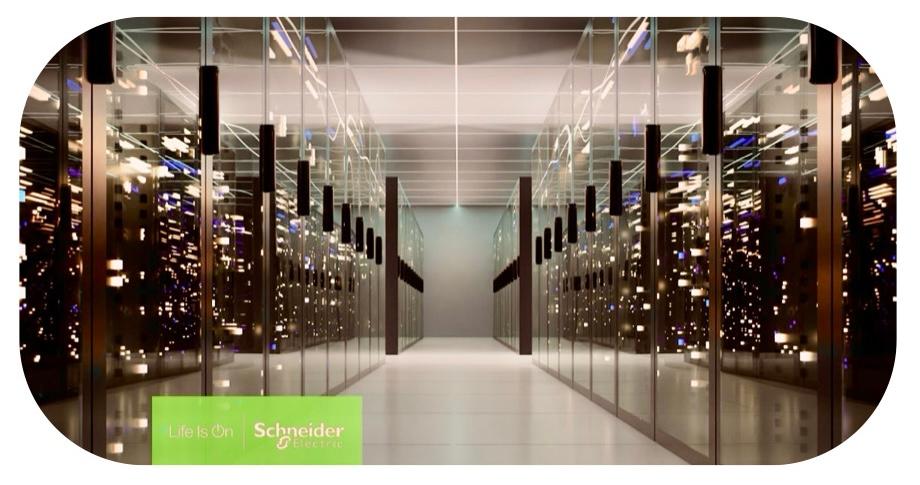
Schneider Electric recently partnered with artificial intelligence (AI) computing company NVIDIA to introduce the world’s first publicly available AI data center reference designs for energy efficiency.
Leading global provider of energy management and digital automation, Schneider Electric, collaborates with NVIDIA, a leader in artificial intelligence (AI) computing, to maximize data center energy efficiency with AI.
The collaboration will launch the first AI data center reference designs in the world. In order to increase efficiency and lower greenhouse gas (GHG) emissions, these designs will combine Schneider Electric’s knowledge of digital infrastructures with NVIDIA’s AI technologies, establishing new benchmarks for AI deployment and operations within data center ecosystems.
Pankaj Sharma, Executive Vice President of the Secure Power Division & Data Center Business at Schneider Electric, highlighted the significance of this partnership: “By combining our expertise in data center solutions with NVIDIA’s leadership in AI technologies, we’re not just overcoming infrastructure limitations; we’re unlocking the full potential of AI.”
“This collaboration is a leap forward towards a more efficient, sustainable, and transformative future, powered by AI,” Sharma added as he stressed that the data center industry continues to evolve, which calls for a stronger focus on integrating AI technologies to their operations and addressing Scope 3 emissions to achieve net-zero emissions.
Scope 3 emissions account for about 50% of data centers’ GHG footprint. According to GHG Protocol and ISO 14064, Scope 3 emissions are indirect emissions attributed to the activities of companies which include business travel, waste management, and value chain operations. This type of emission is often not reported and is more challenging to measure compared to Scope 1 and 2 emissions.
These indirect emissions are major but often overlooked drivers of environmental impact of data centers. As a response, Schneider Electric is advocating for a holistic approach to GHG management, which includes accurate carbon accounting, target-setting, and a systematic review of data and emission sources.
Schneider Electric provides accounting and reporting solutions for data centers in order to manage their emissions under Scope 3. One tool for simulating energy use to estimate greenhouse gas emissions is included in this, taking into account the data center’s power use, cooling systems, and operational efficiency.
“This approach aligns with our commitment in leading the charge to equip critical and energy-intensive industries such as data centers with advanced solutions to help them achieve better operational efficiency all while minimizing their carbon emissions beyond traditional means,” said Abraham Lim, Secure Power and Industrial Automation BVP of Schneider Electric Philippines.
Schneider Electric is still dedicated to pursuing the digital transformation of sectors in order to maintain environmental sustainability worldwide and stay up to date with technological breakthroughs.

No Comments